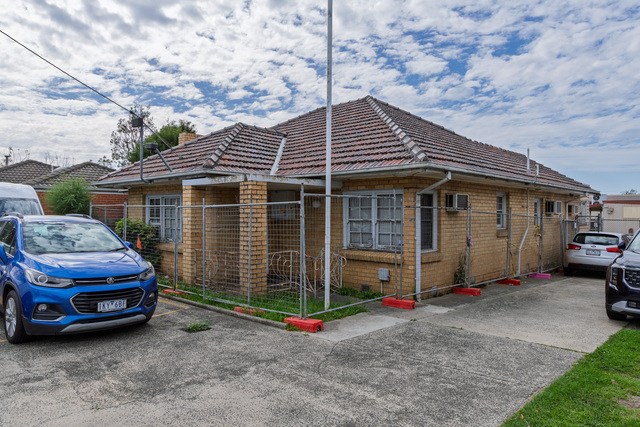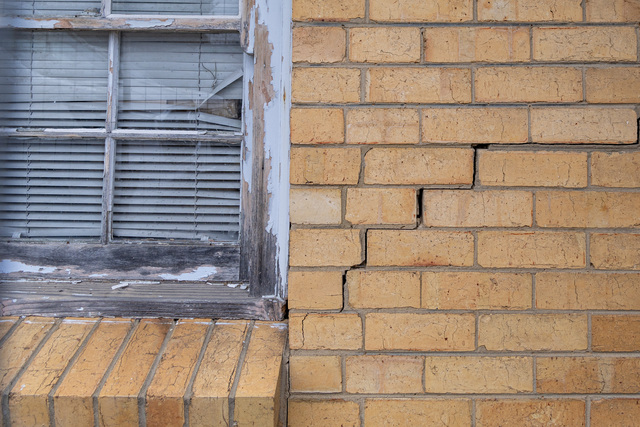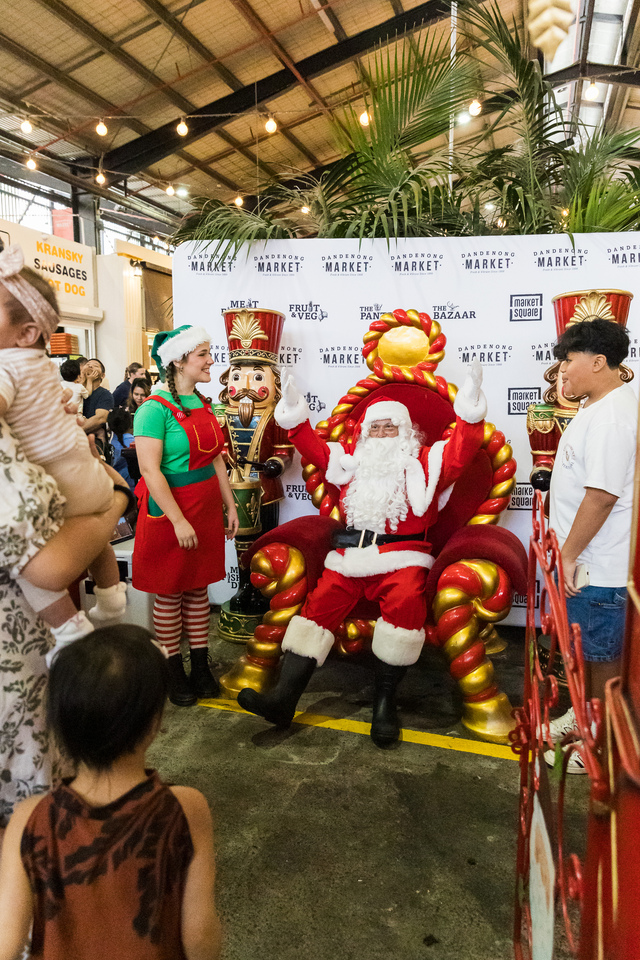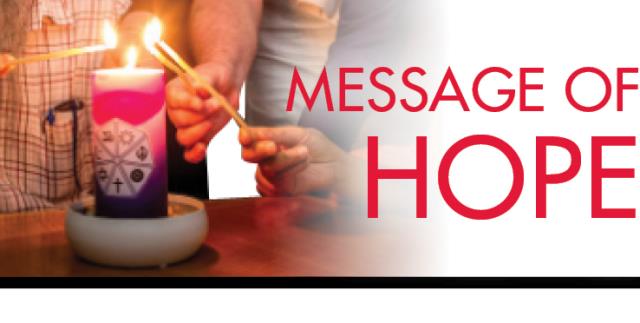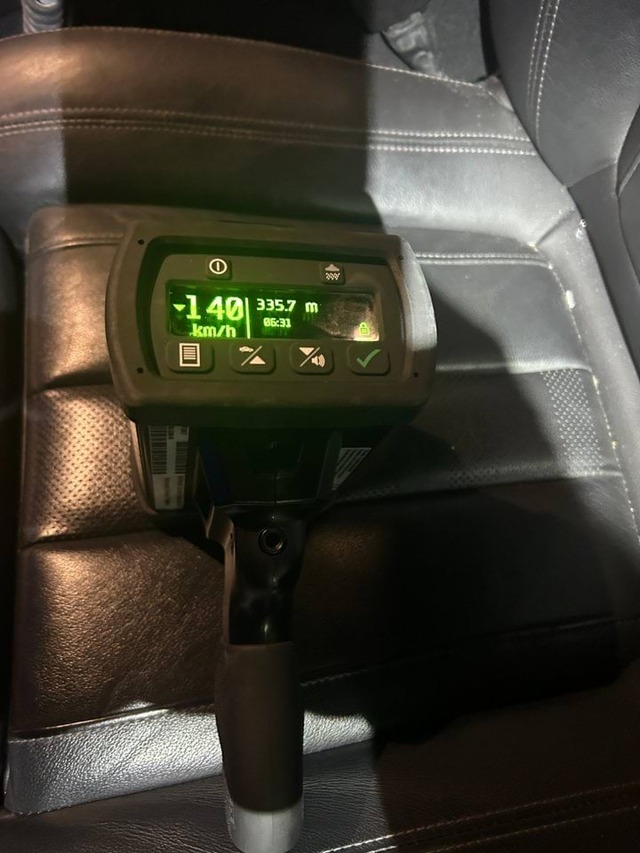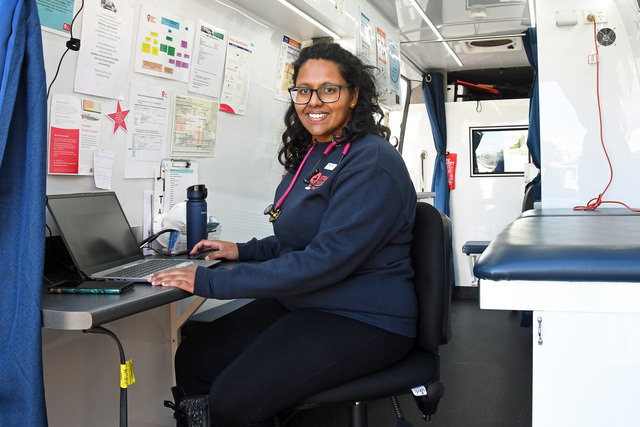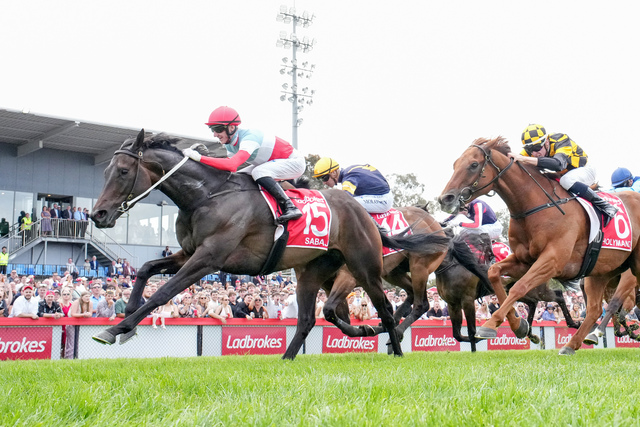A key First Nations health and wellbeing organisation has secured its first infrastructure funding in more than 30 years in the 2025 State Budget.
The Dandenong and Districts Aborigines Co-operative Limited (DDACL) finally secured $12.3 million, comprising $9.7 million towards the fit-out of their new accommodation at the Monash Health Integrated Care Centre in Cranbourne and $2.3 million to cover the lease for five years.
This comes after one of its buildings on Stud Road succumbed to age, with exposed asbestos forcing the organisation to evacuate altogether.
DDACL chief executive for the past four years, Jenny Ockwell found herself “speechless” over the exciting times ahead for them after decades of funding requests.
“It’s quite an achievement, not just for the existing staff but all the other staff that have come through those doors over the decades and the ongoing commitment to keep the door open for our grandchildren and great-grandchildren.
“My head is still spinning – I can’t believe it yet that we got this funding. It’s been a whirlwind for me,” she said.
“There’s been no meetings yet, lots of planning to be conducted, leases to be signed, refurbishment to be carried out. We’d like to have it done as soon as possible so there’s no money wasted.
“This is for the ongoing survival of the DDACL and the founding members that made the commitment to make improved outcomes for the community.”
DDACL services nine local government areas from Knox City to Greater Dandenong to Mornington Peninsula, Cardinia and Casey.
The new location in Cranbourne was chosen as it “provides more centralised provision” for community members in the growth corridor.
City of Casey’s Aboriginal and Torres Strait Islander population (2395) is almost four times more than that of City of Greater Dandenong (615) with 55 per cent of them being under the age of 25 years.
The DDACL is a “one stop shop” with an adjoining clinical building to provide health care through their Bunurong Aboriginal Health Service in Carroll Avenue, Dandenong.
It is one of the 200 Aboriginal health and wellbeing facilities across the state, according to a recent report co-authored by Infrastructure Victoria and The Victorian Aboriginal Community Controlled Health Organisation (VACCHO).
The DDACL has been running its service in a leased office space in Cranbourne since it had to shut its Stud Road building.
The Stud Road space also included a community garden outdoor space which was also utilised for community gatherings, barbecues and face-to-face interaction which is crucial within the Aboriginal community and the organisation that caters to their needs.
All that changed in their very limited capacity of an office space where the staff need to book separate space just to see limited numbers of members.
The biggest challenge was not being able to put up any materials or Aboriginal artefacts in the leased space.
That is all set to change soon through this funding, which is what Ms Ockwell is looking forward to most.
“Where we are at the moment, we can’t even fly the Aboriginal flag.
“To install and instil Aboriginal identity that’s important to the service delivery and social wellbeing of our community members, because it’s their space.
“The funding will allow us to bring all the services under one roof, at the moment we’re scattered.
“We’ve been scattered for quite a few years which impacts on service delivery, we have the clinic in Dandenong, health services on Thompsons Road Cranbourne, corporate services, family and aged care disability services.”
The plan is to relocate the health clinic in Dandenong as well but that’s up for further consideration.
While the Stud Road building is now cleared of asbestos, there are multiple health and safety risks in operating in that building as reported previously by Star Journal, such as a jammed door, leaking windows, cracked walls near lights, holes in the roof and the entire building structure shifting on stumps.
The facility used to run community programs to drive social engagement and wellbeing – monthly community lunches, and a weekly elders group and mums and bubs group.
There are many more Aboriginal health and wellbeing facilities in dire need of infrastructure funding to be able to continue providing and for the community as revealed by Victorian Aboriginal Community Controlled Health Organisation (VACCHO) report.
More than half of the 200 facilities are already at the end of their economic life with 82 per cent need to be replaced or require substantial repairs within the next 15 years.
The buildings assessed are 40 years old on average with 17 of them more than 100 years old.
The oldest building is 174 years old.

